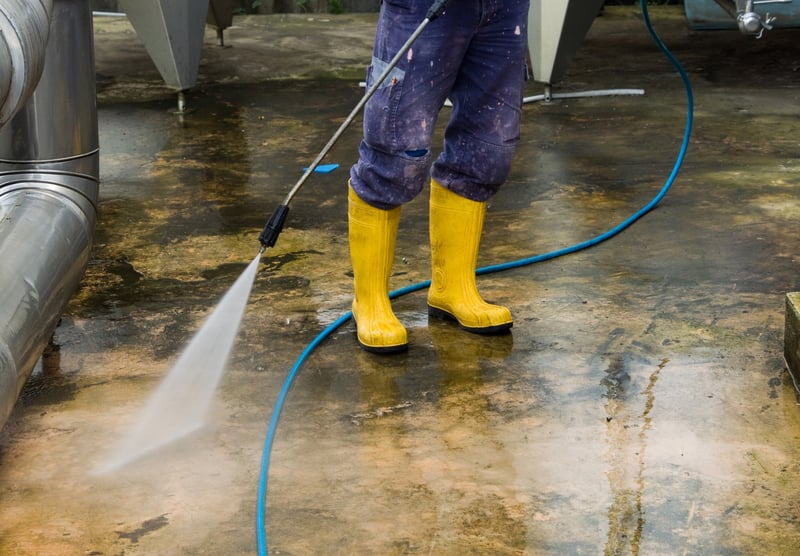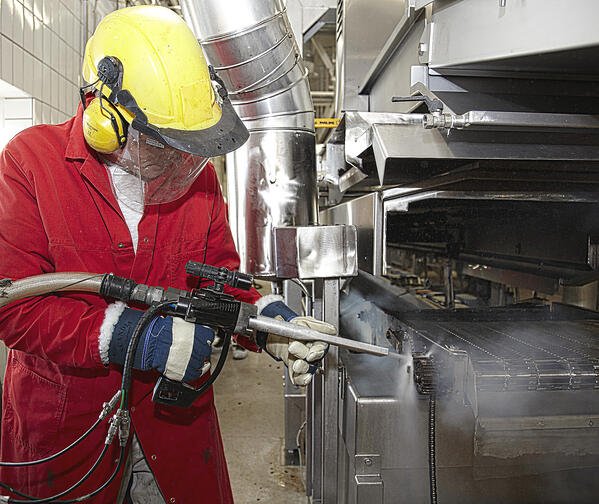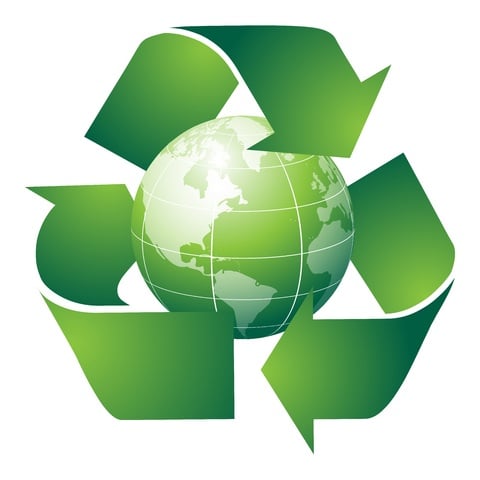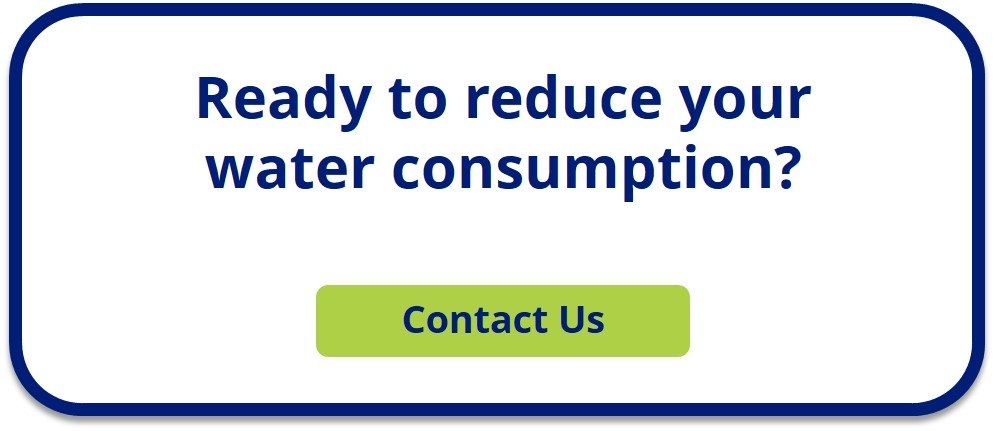
Reducing water usage, especially in cleaning processes, is becoming a major initiative in industrial and manufacturing settings. Not solely from an environmental sustainability perspective, but also for cost cutting purposes.
Water and sewage costs are increasing
Typically, water is a commodity that we pay for twice. Facilities pay for water when it is delivered and also when it is sent to water treatment facilities or recycled. In the past, water utility companies have provided manufacturers and other facilities that are heavy water users with discounted pricing.
However, this practice appears to be coming to an end. Water rates are increasing across the country while sewage and recycling costs are also increasing.
Water and sewage expenses add up, a fact manufacturers are becoming keenly aware of with the increase in water rates. With a more limited supply and a higher demand than ever before – industrial withdrawal in the US is over one million gallons of water per day – it’s becoming necessary to consider how to reduce water consumption.
There are many methods to reduce overall water usage within a facility, but we are going to focus on how to reduce water consumption in cleaning processes.

Cleaning processes consume a significant amount of water
A major issue with water consumption is that most facilities do not know how much water they are using and where it is being used. One area that is often overlooked and that uses a significant amount of water is in cleaning processes.
Cleaning and sanitation can represent a large portion - up to 40% or more - of water used at commercial and industrial facilities. A significant amount of water can be consumed by general facility cleaning and sanitation and also cleaning process equipment.
Traditional cleaning methods overwhelmingly rely on water as, historically, water has been perceived as cheap. A common cleaning method of floors, walls, processing equipment, and other assets is hosing them down with water.
The good news is that there are alternatives to cleaning with water. The most effective and efficient method has proven to be dry ice blasting. From its environmentally friendly approach to its easy clean-up, it has proven itself in a wide variety of industries.

Dry ice cleaning does not use water or create secondary waste
Dry ice blasting is similar to sand and other media blasting in that it prepares and cleans surfaces using a media accelerated in a pressurized air stream. It differs in that it uses solid carbon dioxide (CO2) pellets, which are blasted at supersonic speeds, lifting away dirt and contaminants.
When the dry ice impacts the surface being cleaned, it sublimates (transitions back to gas) leaving behind no waste or residue. The unique properties of dry ice make it an ideal cleaning solution.
The dry ice cleaning method:
1) Eliminates water from the cleaning process
Dry ice blasting effectively removes contaminants without the need for water or chemical cleaning solutions. Dry ice blasting is a fast and effective solution when cleaning processing equipment and also for general facility cleaning.
By eliminating the need for water in cleaning processes, facilities can significantly reduce their annual water bill and avoid the accelerating trend of increased water rates.
2) Does not create secondary waste or add to waste streams
After a cleaning with water, proper collection and disposal is required. This can be time consuming and costly, especially with sewage and disposal costs steadily rising.
When cleaning with dry ice, no secondary waste is created. The dry ice simply transitions back to gas. This eliminates the timely cleanup costs and also eliminates the need to setup containment before cleaning.
By replacing water with dry ice, facilities significantly reduce their sewage costs, while also eliminating downstream contamination.

3) Is non-toxic and environmentally friendly
While water itself is non-toxic, it becomes contaminated when it comes into contact with hazardous substances, such as chemicals and other grit removed from objects in manufacturing facilities.
Upon contact with hazardous material, it must disposed of appropriately. This careful collection and removal adds even further costs to processes that are using water.
The dry ice used in the dry ice blasting process is made of reclaimed CO2 that was recycled from other industrial processes. The dry ice is a food grade media and is EPA, FDA and USDA approved for use around food manufacturing. It is colorless, tasteless, odorless and non-toxic.
Dry ice blasting will not negatively impact the environment by adding contaminants to the waste stream.
In summary, cleaning with dry ice can significantly reduce your facility's water consumption and sewage costs. The dry ice cleaning method provides manufacturers with the most sustainable and cost-effective alternative to heavy water consumption and costs.
.png) English
English
